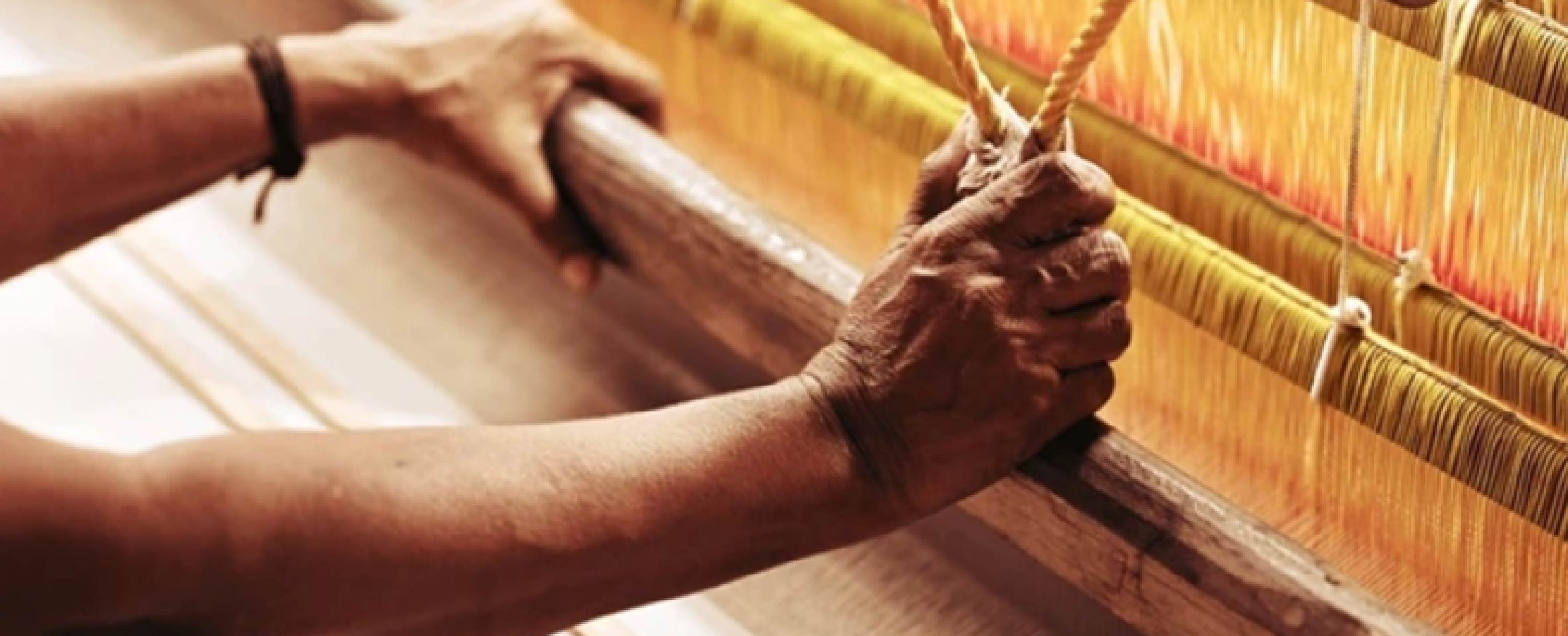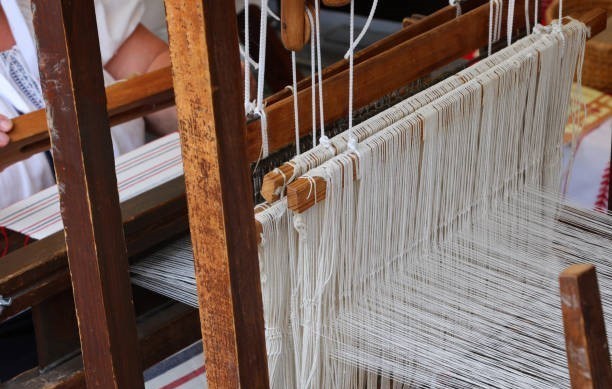Strengthening Weavers
Strengthening Weavers
The use of natural dyes in the textile industry has a long and rich history. Natural dyes are derived from plants, minerals, and insects, and have been used for centuries to colour fabrics.

Weavers empowerment in ayurvastra handloom and natural dyeing plays a crucial role in promoting sustainable practices within the textile industry. By utilizing traditional weaving techniques and natural dyes, weavers are able to create environmentally friendly fabrics that are not only beautiful but also beneficial for the wearer's health. The process of creating ayurvastra involves infusing the fabric with medicinal herbs, which have therapeutic properties when in contact with the skin. This empowers weavers by allowing them to value their craft and heritage while also promoting a healthier lifestyle for consumers. Additionally, employing natural dyes obtained from plant sources further enhances the sustainability of the production process, minimizing harm to both the environment and human health. Overall, weavers empowerment in ayurvastra handloom and natural dyeing contributes to a more conscious and ethical approach towards textile manufacturing.
Weavers empowerment refers to the process of providing artisans with the necessary skills, resources, and support to enhance their economic independence and improve their overall well-being. By equipping weavers with training in traditional techniques, business management, and market access, they are empowered to create high-quality products that can compete in the global marketplace. Additionally, initiatives focused on fair trade practices and ethical sourcing ensure that weavers receive fair wages for their work and are able to sustain their livelihoods. Through partnerships with organizations and industry stakeholders, weavers are able to leverage their talents and cultural heritage to achieve economic self-sufficiency while preserving traditional craftsmanship for future generations. Ultimately, weavers empowerment not only benefits individual artisans but also contributes to the preservation of cultural heritage and sustainable development within the textile industry.





